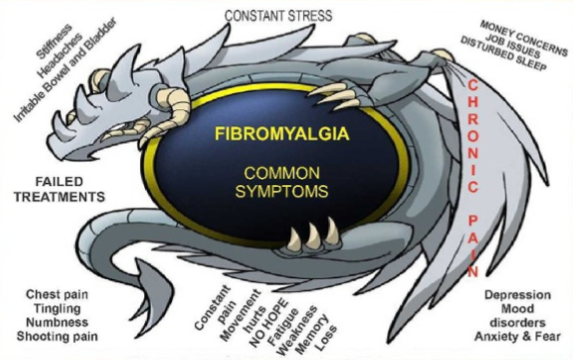Purpose Grip strength is often tested during post-offer pre-placement screening for workers in hand-intensive jobs.
The authors' purpose of this study was to evaluate the association between grip strength and upper extremity symptoms, work disability, and upper extremity musculoskeletal disorders (UE MSDs) in a group of workers newly employed in both high and low hand intensive work.
1,107 recently-hired workers completed physical examinations including grip strength measurements. Repeated surveys obtained over 3 years described the presence of upper extremity symptoms, report of physician-diagnosed musculoskeletal disorders (MSDs), and job titles. Baseline measured grip values were used in analytic models as continuous and categorized values to predict upper extremity symptoms, work disability, or UE MSD diagnosis.
Results Twenty-six percent of males and 20 % of females had low baseline hand strength compared to normative data. Multivariate logistic regression analyses showed no consistent associations between grip strength and three health outcomes (UE symptoms, work disability, and MSDs) in this young cohort (mean age 30 years). Past MSD and work type were significant predictors of these outcomes.
Conclusions Physical hand strength testing was not useful for identifying workers at risk for developing UE MSDs, and may be an inappropriate measure for post-offer job screens.
Dale AM, Addison L, Lester J, Kaskutas V, Evanoff B. Weak Grip Strength Does not Predict Upper Extremity Musculoskeletal Symptoms or Injuries Among New Workers. J Occup Rehabil 2014 06;24(2):325-31.
The authors' purpose of this study was to evaluate the association between grip strength and upper extremity symptoms, work disability, and upper extremity musculoskeletal disorders (UE MSDs) in a group of workers newly employed in both high and low hand intensive work.
1,107 recently-hired workers completed physical examinations including grip strength measurements. Repeated surveys obtained over 3 years described the presence of upper extremity symptoms, report of physician-diagnosed musculoskeletal disorders (MSDs), and job titles. Baseline measured grip values were used in analytic models as continuous and categorized values to predict upper extremity symptoms, work disability, or UE MSD diagnosis.
Results Twenty-six percent of males and 20 % of females had low baseline hand strength compared to normative data. Multivariate logistic regression analyses showed no consistent associations between grip strength and three health outcomes (UE symptoms, work disability, and MSDs) in this young cohort (mean age 30 years). Past MSD and work type were significant predictors of these outcomes.
Conclusions Physical hand strength testing was not useful for identifying workers at risk for developing UE MSDs, and may be an inappropriate measure for post-offer job screens.
Dale AM, Addison L, Lester J, Kaskutas V, Evanoff B. Weak Grip Strength Does not Predict Upper Extremity Musculoskeletal Symptoms or Injuries Among New Workers. J Occup Rehabil 2014 06;24(2):325-31.


























